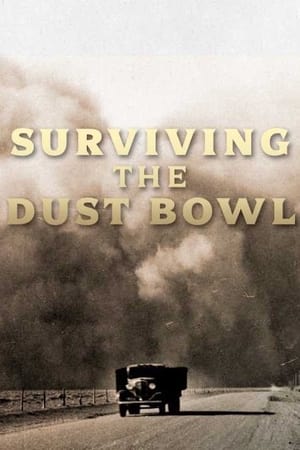
Surviving the Dust Bowl(1998)
In 1931 the rains stopped and the "black blizzards" began. Powerful dust storms carrying millions of tons of stinging, blinding black dirt swept across the Southern Plains — the panhandles of Texas and Oklahoma, western Kansas, and the eastern portions of Colorado and New Mexico. Topsoil that had taken a thousand years per inch to build suddenly blew away in only minutes. One journalist traveling through the devastated region dubbed it the "Dust Bowl." This American Experience film presents the remarkable story of the determined people who clung to their homes and way of life, enduring drought, dust, disease — even death — for nearly a decade. Less well-known than those who sought refuge in California, typified by the Joad family in John Steinbeck's "The Grapes of Wrath," the Dust Bowlers who stayed overcame an almost unbelievable series of calamities and disasters.
Movie: Surviving the Dust Bowl
Video Trailer Surviving the Dust Bowl
Similar Movies
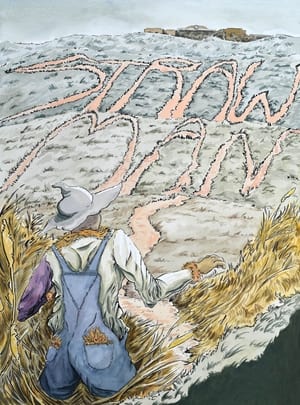 6.0
6.0Straw Man(en)
At the height of the 1930's Dust Bowl, a scarecrow must leave his post and find a way to save the only family he's ever known. But facing the outside world proves to be a challenge when your face is a burlap sack.
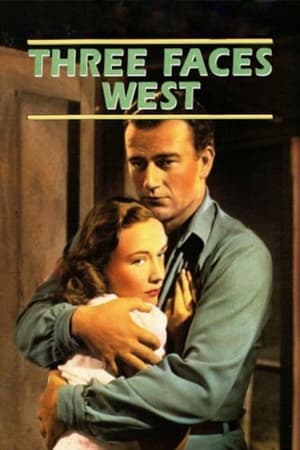 5.4
5.4Three Faces West(en)
Viennese surgeon Dr. Braun and his daughter Leni come to a small town in North Dakota as refugees from Hitler. When the winds of the Dust Bowl threaten the town, John Phillips leads the townsfolk in moving to greener pastures in Oregon. He falls for Leni, but she is betrothed to the man who helped her and her father escape from the Third Reich. She must decide between the two men.
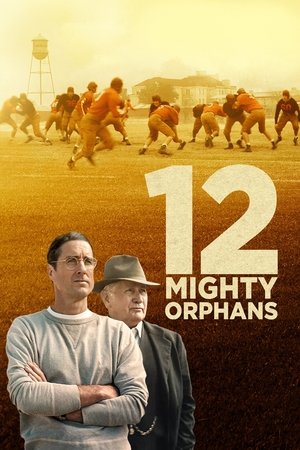 7.2
7.212 Mighty Orphans(en)
Haunted by his mysterious past, a devoted high school football coach leads a scrawny team of orphans to the state championship during the Great Depression and inspires a broken nation along the way.
 6.9
6.9Bound for Glory(en)
A biography of Woody Guthrie, one of America's greatest folk singers. He left his dust-devastated Texas home in the 1930s to find work, discovering the suffering and strength of America's working class.
 5.9
5.9Hold Your Breath(en)
In 1930s Oklahoma amid the region's horrific dust storms, a woman is convinced that a sinister presence is threatening her family.
 0.0
0.0Anahita(en)
The film "Anahita," directed by Nasib Nasibi in 1970 (1349 in the Iranian calendar), is a historical and adventure film from pre-revolutionary Iran. The story is centered around the Anahita Temple in Kangavar, one of Iran's significant ancient monuments. The movie tells the story of a group of archaeologists and researchers who set out to explore and study the Anahita Temple in Kangavar. The Anahita Temple is one of the most important and ancient religious sites in Iran, dedicated to Anahita, the goddess of waters and fertility. Throughout the story, the group faces various challenges and obstacles, primarily focusing on the dynamics between the characters and the discovery of ancient secrets hidden within the temple. The film intertwines historical and supernatural elements, aiming to depict the connection between people and their ancient past and its impact on their current lives.
 0.0
0.0Transcendence(en)
This underground classic is considered by many to be Absinthe Films' greatest work to date. Transcendence marks the beginning of new kind of snowboarding film.
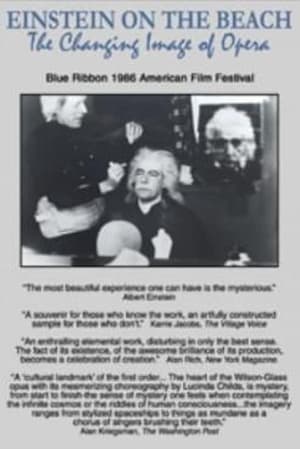 10.0
10.0Einstein on the Beach: The Changing Image of Opera(en)
The creative processes of avant-garde composer Philip Glass and progressive director/designer Robert Wilson are examined in this film. It documents their collaboration on this tradition breaking opera.
 5.0
5.0Six Seasons and A Movie: A Community Art Show(en)
A 30 minute documentary that explores the sub culture of fan art and artists that pay homage to the NBC comedy Community. Follow PixelDrip Gallery as they organize the first ever Community themed art show and get to know the artists and fans who's love for the show goes beyond just watching it.
 8.0
8.0The Whole Gritty City(en)
Young members of 3 New Orleans school marching bands grow up in America's most musical city, and one of its most dangerous. Their band directors get them ready to perform in the Mardi Gras parades, and teach them to succeed and to survive.
 7.0
7.0Hieronymus Bosch's Garden of Delights(fr)
Filmed by Jean Eustache for the television program, Les Enthousiastes, Hieronymus Bosch's Garden of Delights presents a series of unstructured observations, free associations, and interpretations on the third panel of Bosch's well-known oil on wood triptych.
 8.0
8.0President Biden(en)
FRONTLINE tells the story of how crisis and tragedy prepared Joe Biden to become America’s next president. Those who know him best describe the searing moments that shaped President-elect Biden and what those challenges reveal about how he will govern.
 6.0
6.050 Shades of Sharks(en)
Exploring the private lives of sharks as they hunt, rest, clean and reproduce.
 0.0
0.0VEF, The 54th Season(lv)
Basketball is more than a game. Each team is made from the work of many, but its success is only measured in wins. The film follows the 54th season of the VEF basketball team’s daily life, and explores its history in order to understand what makes a good team: players, coaches, captains, or perhaps just pure luck and budget.
 0.0
0.0Murderous Minds:Harold Shipman(en)
Harold Frederick Shipman, known to acquaintances as Fred Shipman, was an English general practitioner and serial killer. He is considered to be one of the most prolific serial killers in modern history, with an estimated 250 victims. We delve into the psychology of Harold to try and understand what turned him into such a cruel murderer and how he managed to get away with it for so long.
 6.7
6.7Caligari: When Horror Came to Cinema(de)
On February 26, 1920, Robert Wiene's world-famous film The Cabinet of Dr. Caligari premiered at the Marmorhaus in Berlin. To this day, it is considered a manifesto of German expressionism; a legend of cinema and a key work to understand the nature of the Weimar Republic and the constant political turmoil in which a divided society lived after the end of the First World War.
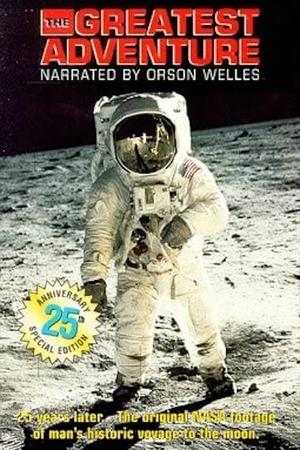 0.0
0.0The Greatest Adventure--The Story of Man's Voyage to the Moon(en)
The planning and implementation of the first flight to the moon, narrated by Orson Welles.
 7.0
7.0The Great Contemporary Art Bubble(en)
On September 15th 2008, the day of the the collapse of Lehmans, the worst financial news since 1929, Damien Hirst sold over £60 million of his art, in an auction at Sotheby’s that would total £111 million over two days. It was the peak of the contemporary art bubble, the greatest rise in the financial value of art in the history of the world. One art critic and film-maker was banned by Sotheby’s and Hirst from attending this historic auction: Ben Lewis.
Artifact from the Future: The Making of 'THX 1138'(en)
The Making of feature for the George Lucas movie 'THX 1138'.
